On the afternoon of June 23rd, CBMS participants are invited to join a walk in the city tow and a social dinner. The program is the following.
City Tour
(23-06-2023 from 15:00 to 19:00 PM)
1) Fontana Luminosa
It has been part of the town since 1934 and after being damaged in the earthquake of 2009, it was restored again and back to its full glory in 2016. Beyond the fountain, the Gran Sasso mountain is visible in the landscape.
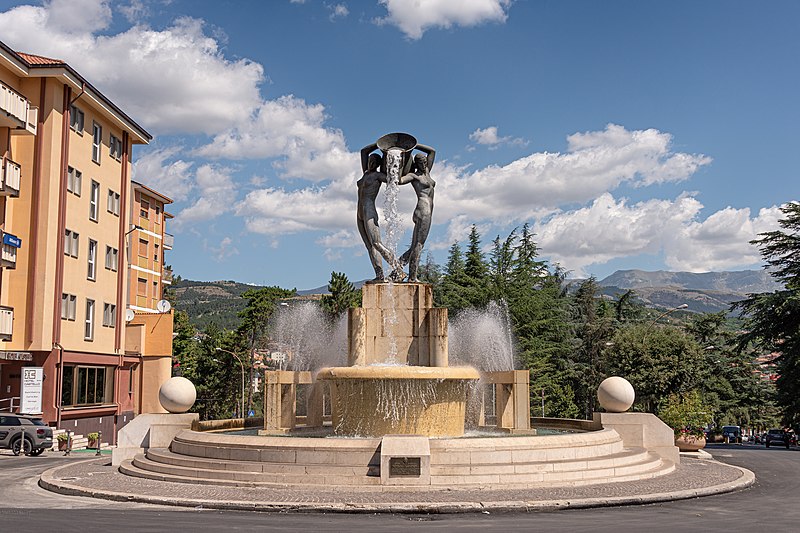
2) Forte Spagnolo and “Mammut”
The Forte Spagnolo is a castle built in the 16th century by Pedro Luis Escrivà. The castle is a massive stone structure with bastions and defensive walls. It was strategically located to oversee and protect the city from potential threats. Inside the castle, the Mammut skeletal of a prehistoric elephant discovered in 1954 in the surrounding of L’Aquila is present. Standing 4.5 meters high and 7 meters long, with fearsome swooping tusks, the Mammut looms over you.
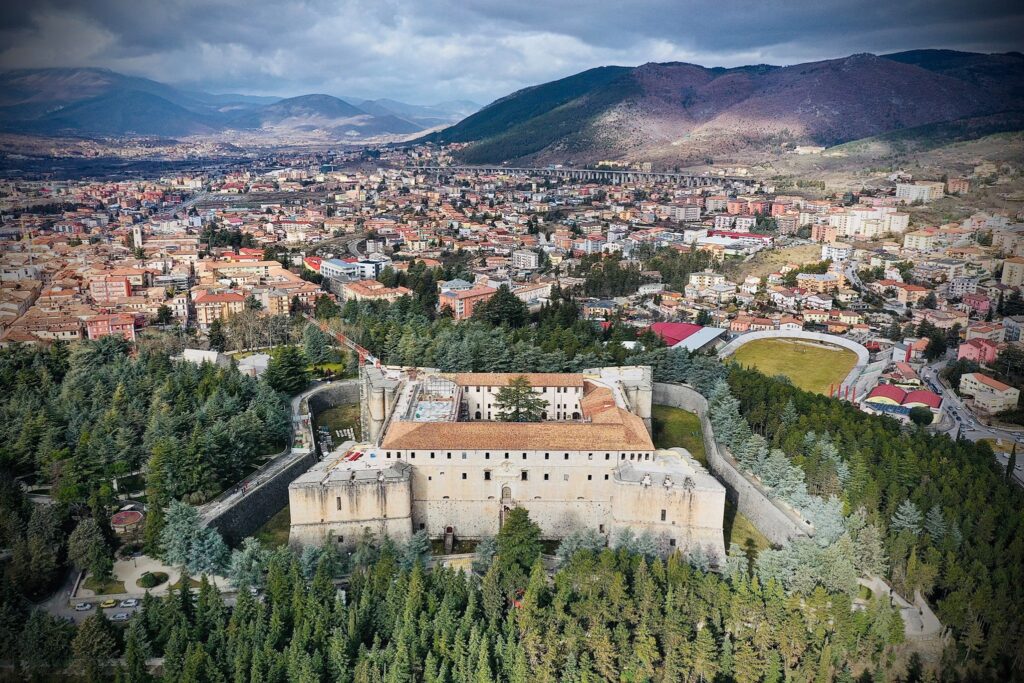
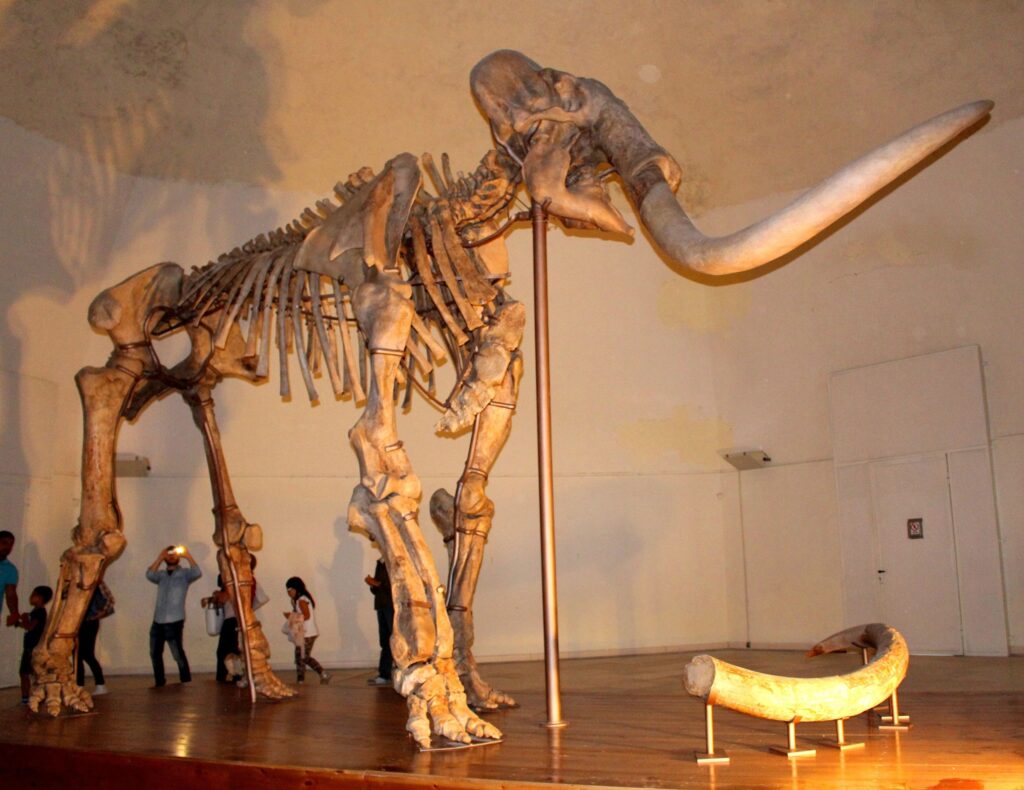
3) City Center
L’Aquila is the capital city of the Abruzzo region. Laid out within medieval walls on a hill in the wide valley of the Aterno river, it is surrounded by the Apennine Mountains, with the Gran Sasso d’Italia to the northeast. L’Aquila sits upon a hillside in the middle of a narrow valley; tall snow-capped mountains of the Gran Sasso massif flank the town. A maze of narrow streets, lined with Baroque and Renaissance buildings and churches, open onto elegant piazzas and churches (99).
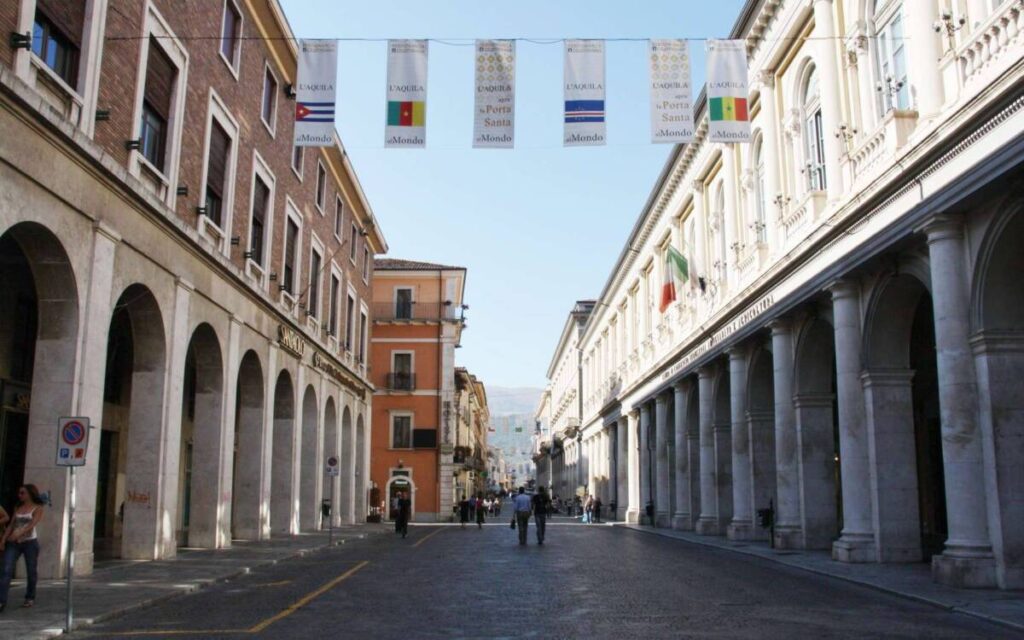
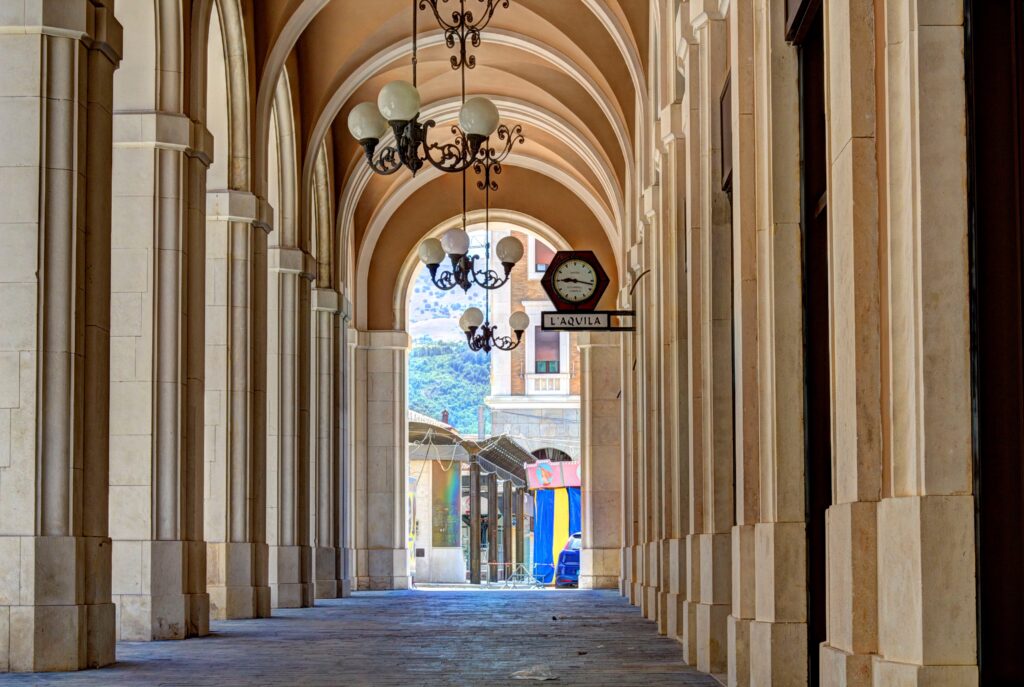
4) Basilica of San Bernardino
The Basilica of San Bernardino is a religious building that was built, with an adjacent cloister, between 1454 and 1472 in honor of St Bernardino of Siena. The facade was built by Silvestro dall’Aquila and later passed to Cola dell’Amatrice, reaching completion in 1542. It is a notable example of 16th-century architecture combining Greek, Latin, and Christian influences, divided into three orders, consisting of Doric, Ionic, and Corinthian styles. The body of the saint is guarded inside the church in a mausoleum built by Silvestro dell’Aquila. In 1902, the basilica was declared a national monumental building, and in 1946, Pope Pius XII elevated it to the rank of minor basilica
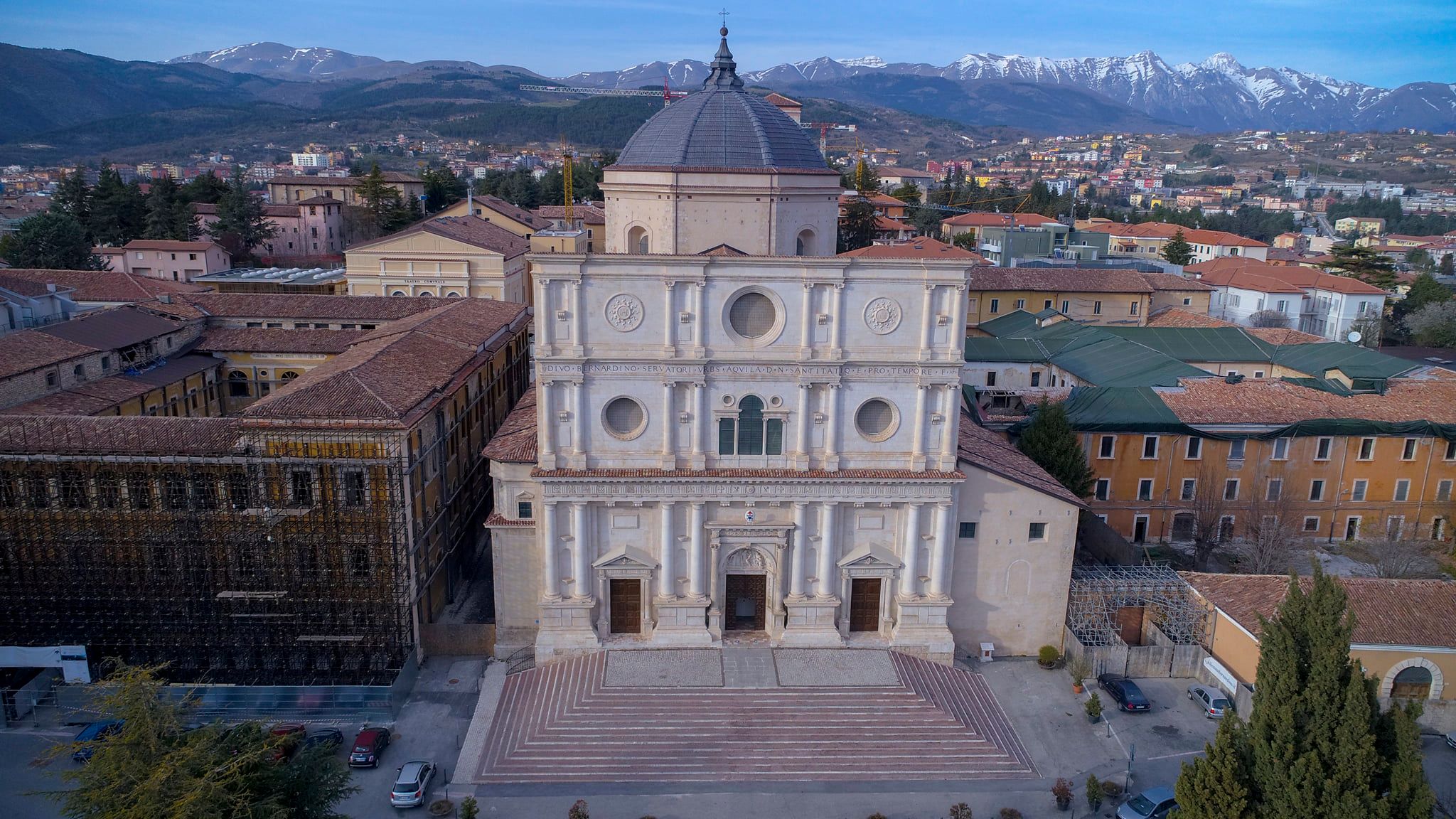
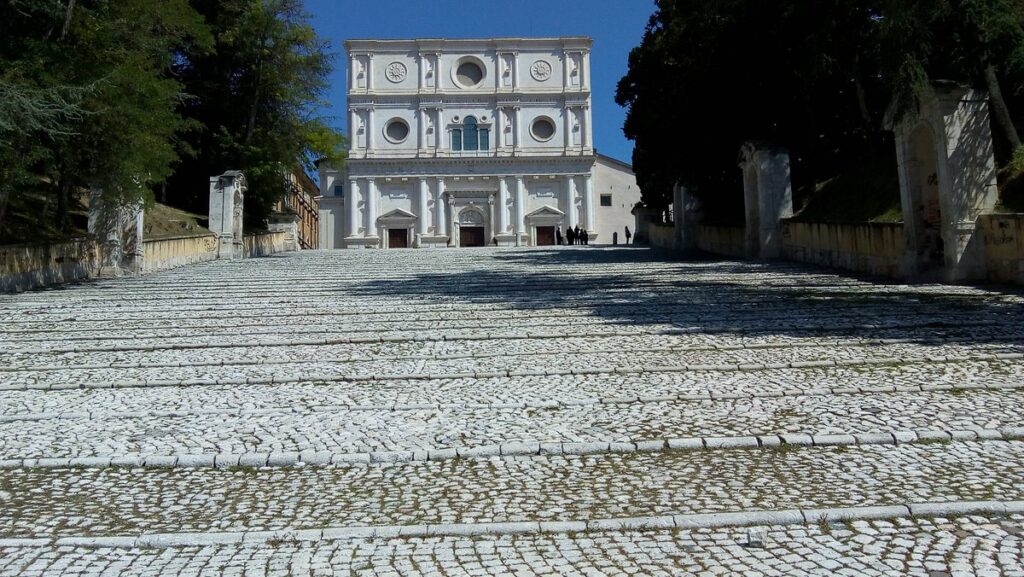
5) Santa Maria di Collemaggio
Santa Maria di Collemaggio is a large medieval church. It was the site of the original Papal Jubilee, a penitential observation devised by Pope Celestine V, who is buried there. The church is a masterpiece of Abruzzese Romanesque and Gothic architecture and one of the chief sights of L’Aquila. The striking jewel-box effect of the exterior is due to a pattern of blocks of alternating pink and white stone; the interior, on the other hand, is massive and austere. Outbuildings include a colonnaded cloister, with the central fountain typical of many other similar Italian cloisters, and the former monastic refectory. In 2022, Pope Francis opened the Holy Door of Celestinian Pardon at Santa Maria di Collemaggio
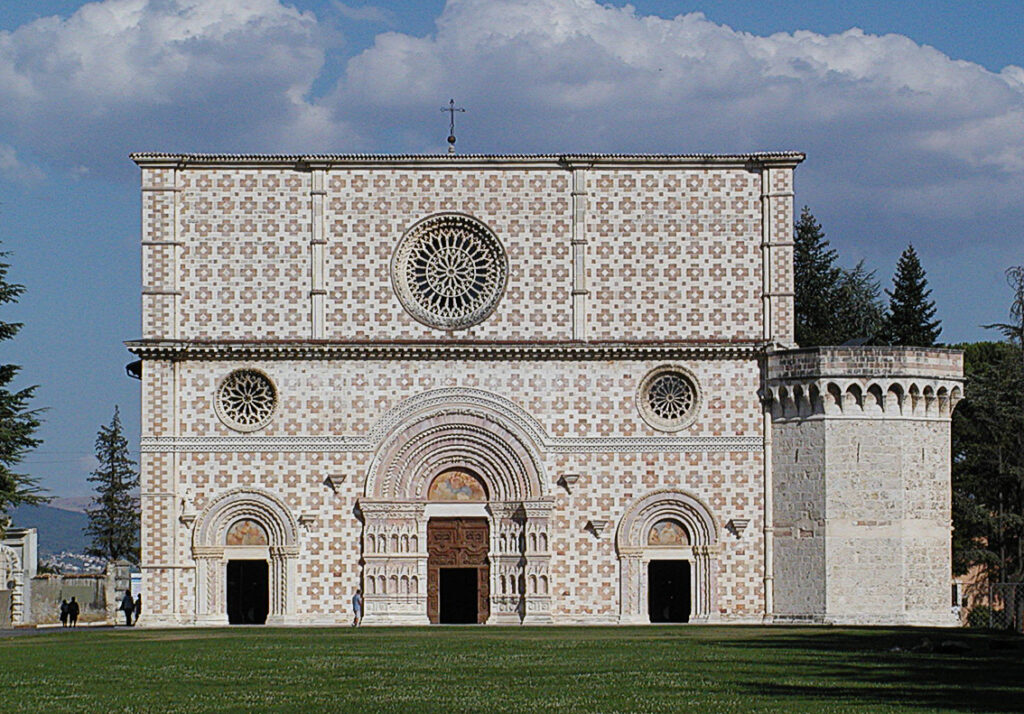
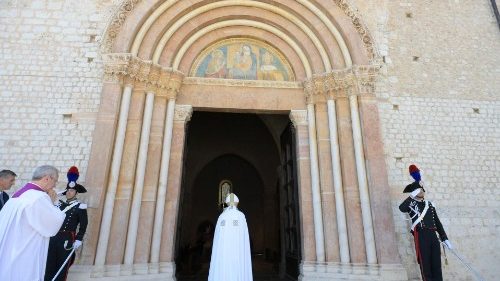
6) Fontana delle 99 Cannelle
The Fontana delle 99 Cannelle, composed of 99 spouts, is an icon of the city and one of the most impressive and unique monuments in the southern Italian region of Abruzzo. Built in the 13th century, it is shrouded in legend, and the true meaning of its 99 sculpted stone faces is still a mystery. In fact, no one is sure of the origins of the fountain, whose faces they represent, or what their positioning and number may symbolize (if anything). It inspired years of speculation, of course, with plenty of rumors swirling that the enigmatic fountain may be linked to the famous Knights Templar.
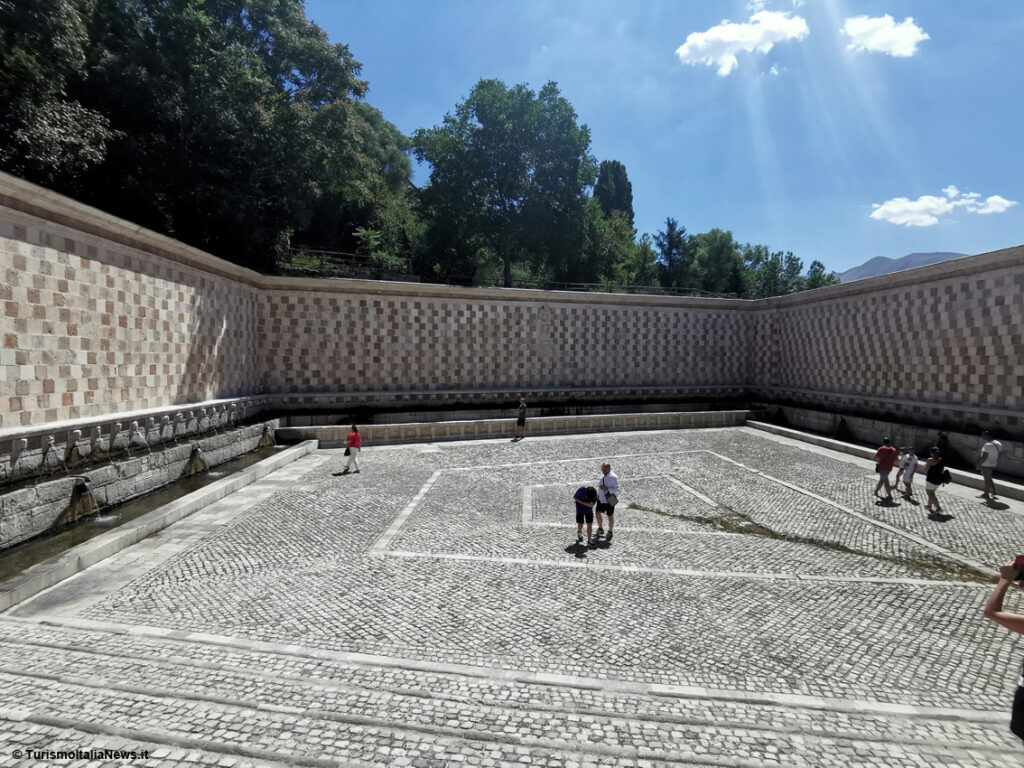
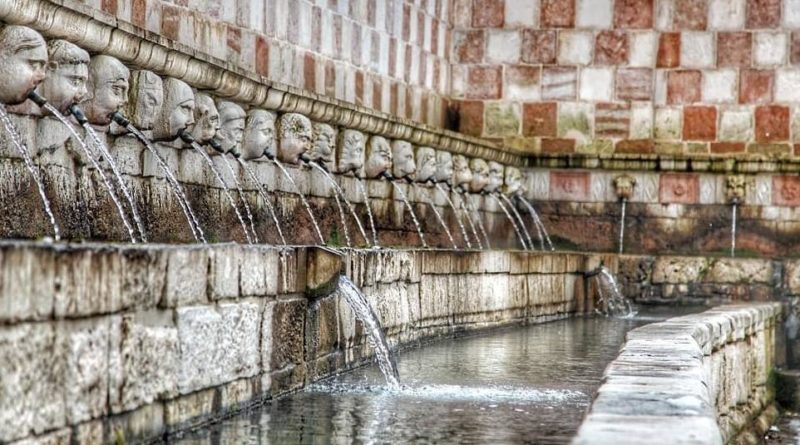
7) Munda Museum
In December 2015, the Munda Museum reopened in its actual location in Borgo Rivera, in front of the “Fontana delle 99 cannelle”. A selection of 60 archeological finds and 112 paintings, sculptures, and jewelry from the Middle Ages to the Modern Age are exposed therein. These masterpieces testify to the history and the vitality of this region and to its culture, some of them were discovered under the ruins of the earthquake and brought back to new life thanks to a complex restoration work.
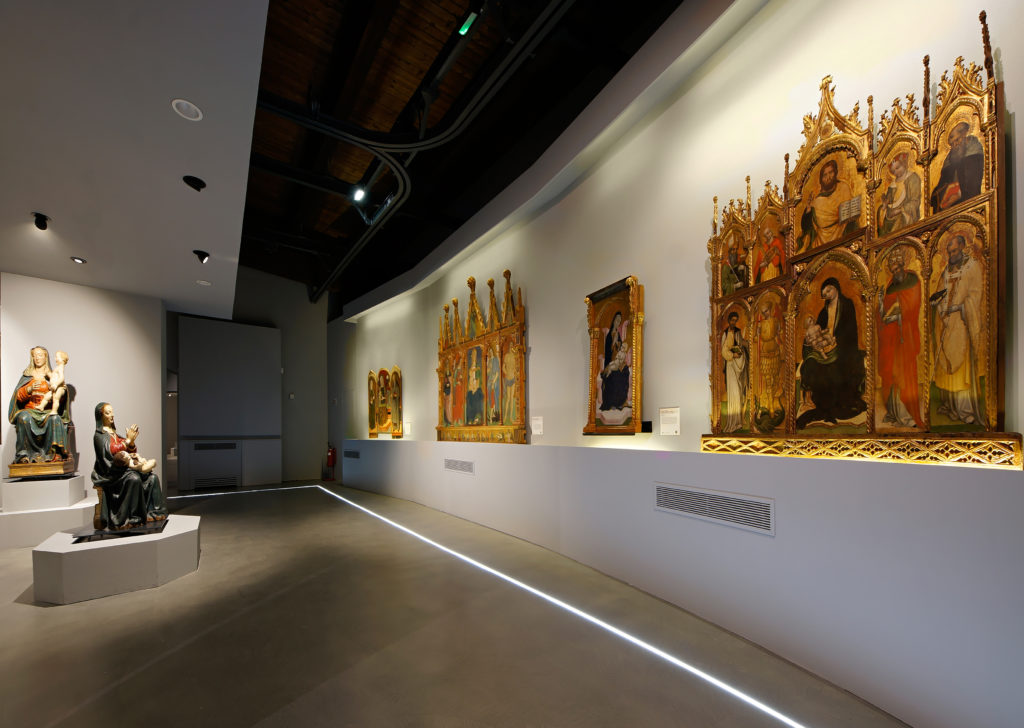
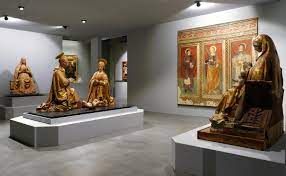
Social Dinner
(23-06-2023 at 20:30 PM)
Magione Papale
Magione Papale is a restaurant located in an ancient building, where all the CBMS attendees are invited for a social dinner, where it is possible to share experiences, ideas, and relaxation while tasting traditional cuisine and fine wines.
No dress code is required. Further information here.
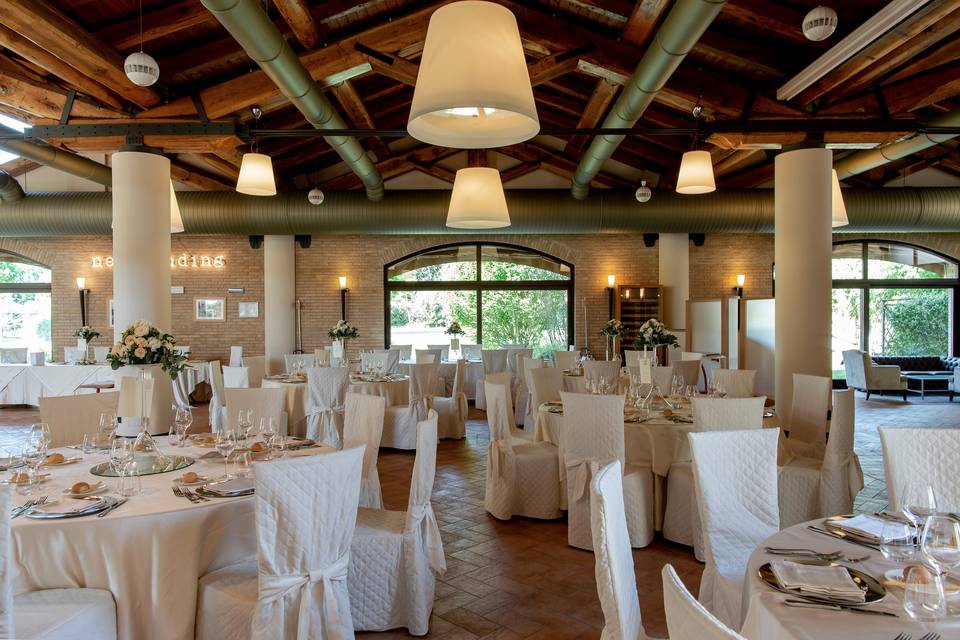
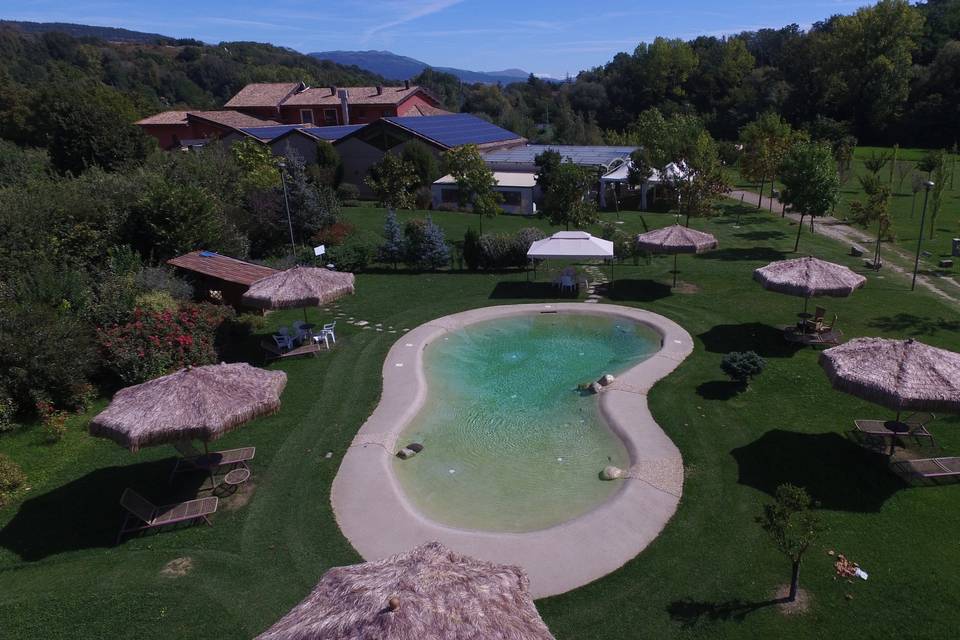
Festival della città del Medioevo
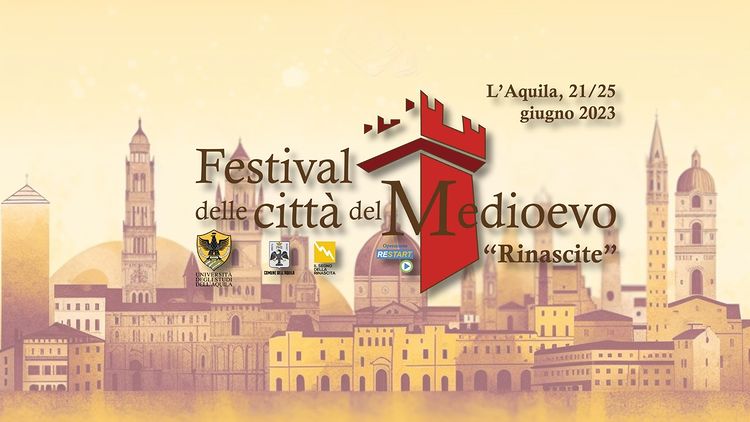
During the period of the conference, the CBMS attendees can also join the “Festival della città del Mediovevo”. More information can be found here.
